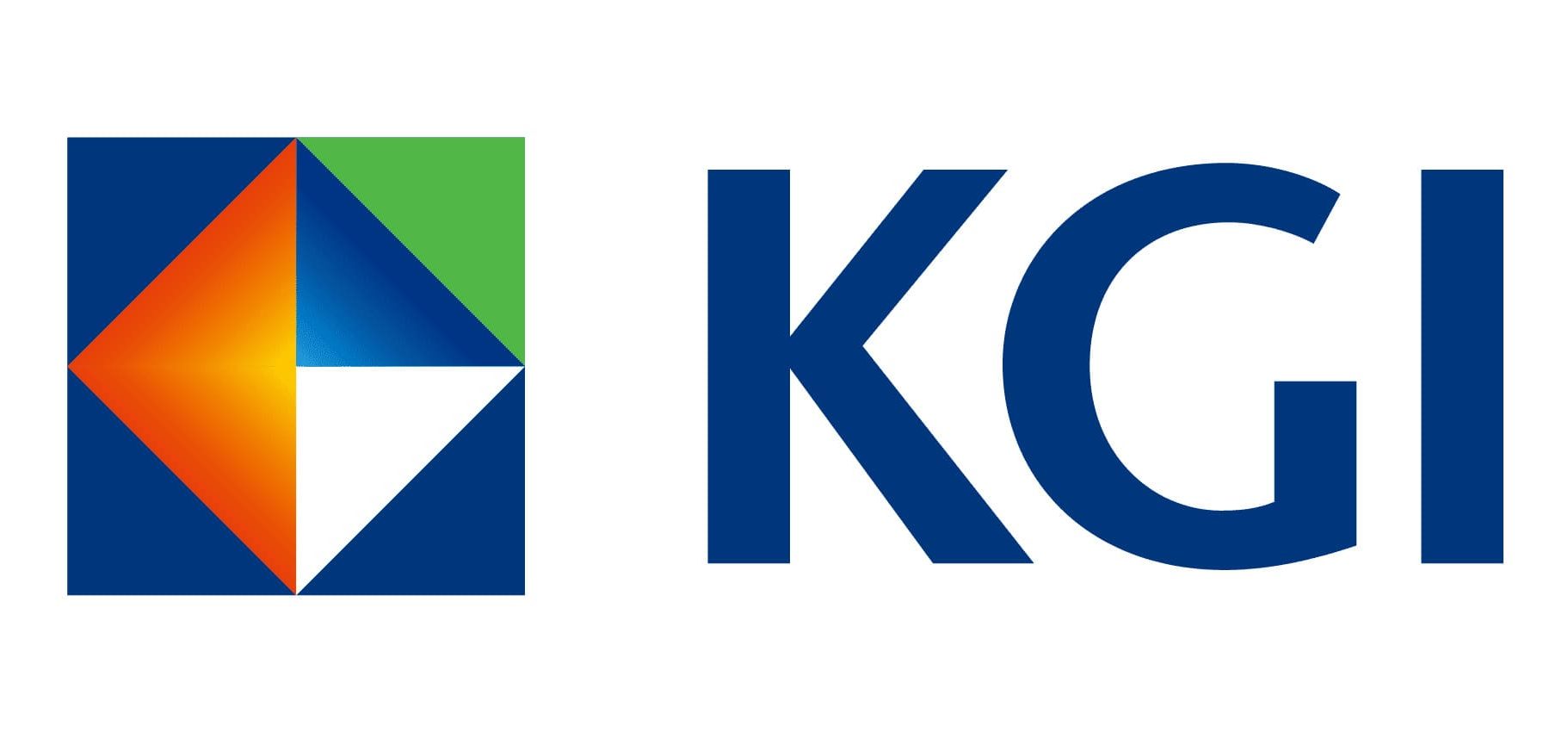9 March 2023: Wealth Product Ideas
| Fund Name (Ticker) | iShares Global Clean Energy ETF (ICLN US) |
| Description | The iShares Global Clean Energy ETF (ICLN) seeks to track the investment results of an index composed of global equities in the clean energy sector. |
| Asset Class | Equity |
| 30-Day Average Volume (as of 6 Mar) | 3,167,114 |
| Net Assets of Fund (as of 7 Mar) | US$4,889,712,772 |
| 12-Month Trailing Yield (as of 31 Jan) | 0.85% |
| P/E Ratio (as of 6 Mar) | 20.92 |
| P/B Ratio (as of 6 Mar) | 2.25 |
| Management Fees (Annual) | 0.40% |
Top 10 Holdings
(as of 6 Mar 2023)
- BUY Entry –19.6 Target – 21.0 Stop Loss – 18.9
- Loosening restriction of solar panel imports. According to Reuters, the US custom officials clarified rules around complying with the law banning goods made with forced labor. Accordingly, solar panel imports from China rose. The clearance of the gridlock which lasted for months helps the recovery in the demand for solar panels in the near term.
- Inflation Reduction Act of 2022
- Under the FY2022 Budget Reconciliation bill, the United States will invest approximately US$300bn in Deficit Reduction and US$369bn in Energy Security and Climate Change programs over the next ten years, to reduce carbon emissions.
- It is estimated that by 2030, carbon emissions will be reduced by about 40%.
- With the Inflation Reduction Act, solar deployment is expected to increase by 40%, or 62 gigawatts (GW) DC, over baseline projections through 2027.
- Global transition to clean energy. According to data from IEA, the world is likely to add more renewable power in the next 5 years, compared to what was achieved in the past 20 years. The biggest transition would be the use of solar PV, which is expected to triple in the next 5 years, and exceed coal to be the largest source of power capacity in the world.
- Solar to make up more than half of U.S. electricity generating capacity in 2023. According yo EIA, developers plan to add 54.5 GW of new utility-scale electric-generating capacity to the U.S. power grid in 2023, with solar power making up 54% of the capacity, and battery storage making up 17% of the capacity.
(Source: Bloomberg)
| Fund Name (Ticker) | First Trust Nasdaq Cybersecurity ETF (CIBR US) |
| Description | The First Trust Nasdaq Cybersecurity ETF is an exchange-traded fund. The Fund seeks investment results that correspond generally to the price and yield (before the Fund’s fees and expenses) of an equity index called the Nasdaq CTA Cybersecurity Index. |
| Asset Class | Equity |
| 30-Day Average Volume (as of 7 Mar) | 469,901 |
| Net Assets of Fund (as of 7 Mar) | USD$4,772,766,917 |
| 12-Month Trailing Yield (as of 31 Jan) | 0.86% |
| P/E Ratio (as of 28 Feb) | 27.85 |
| P/B Ratio (as of 28 Feb) | 4.97 |
| Management Fees | 0.60% |
Top 10 Holdings
(as of 6 Mar 2023)
- BUY Entry – 41.5 Target – 45.0 Stop Loss – 39.75
- Integral portion of budget. As the market for big tech, IoT, and cloud environments continues to expand, there is a corresponding increase in the need for information security. Despite inflationary pressures and a high-interest rate environment, the demand for information technology and software development remains strong as governments and enterprises alike push toward digitalization. The introduction of new technologies also brings with it an increased risk of cyber threats to organizations. This highlights the importance of implementing up-to-date cybersecurity solutions to mitigate the risks and protect against potential breaches. Canalys’ cybersecurity forecasts that global spending on cybersecurity will increase by 13.2% in 2023 with total spending expected to hit US$223.8bn at best.
- Emerging market. The increasing popularity of artificial intelligence (AI), exemplified by the release of ChatGPT, highlights the need for cybersecurity measures to protect the databases and valuable algorithms of these systems from potential cyberattacks. Additionally, such measures are necessary to prevent denial of service attacks that can disrupt the performance and reliability of AI systems that an increasing number of users are relying on.
(Source: Bloomberg)


